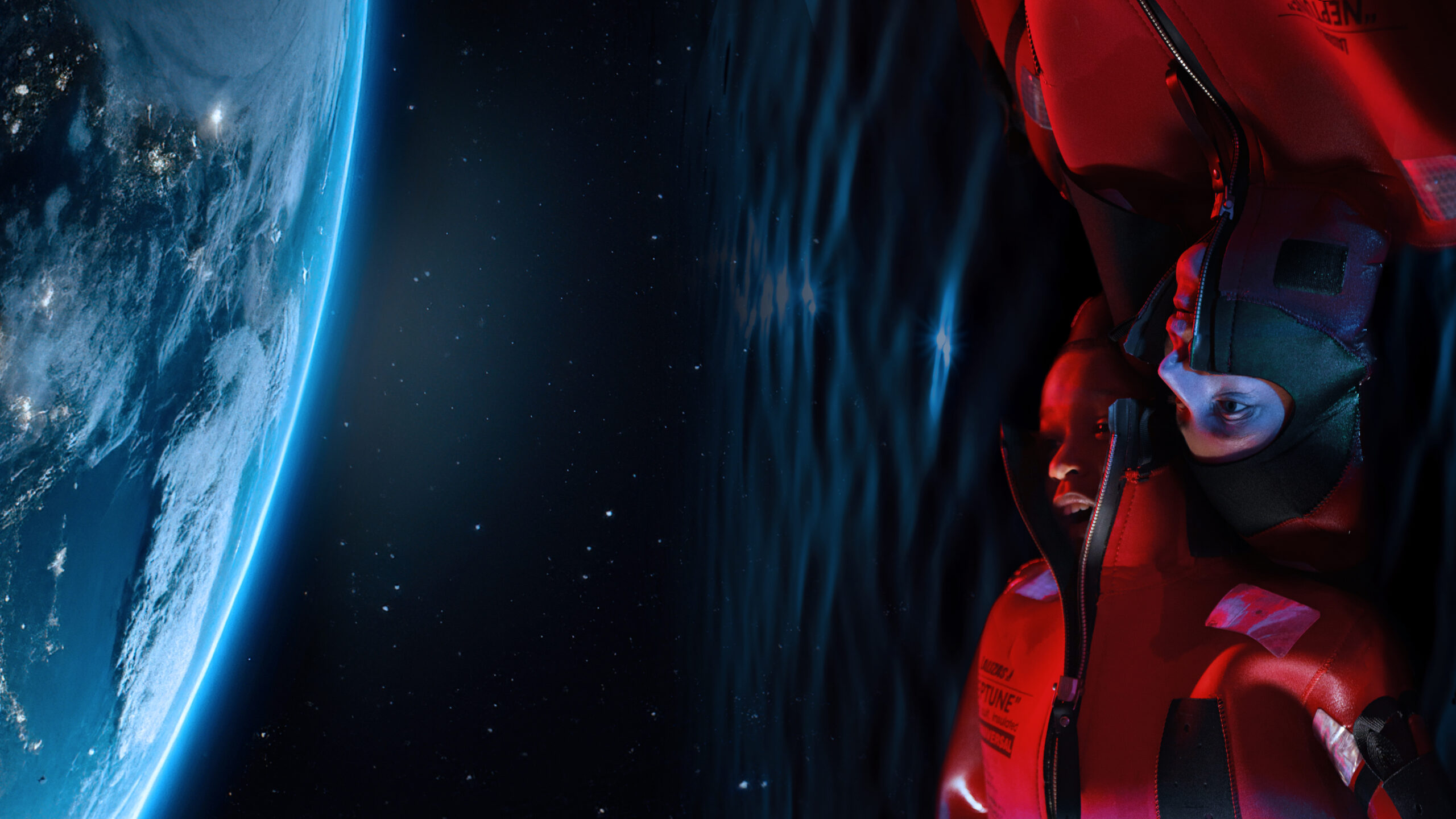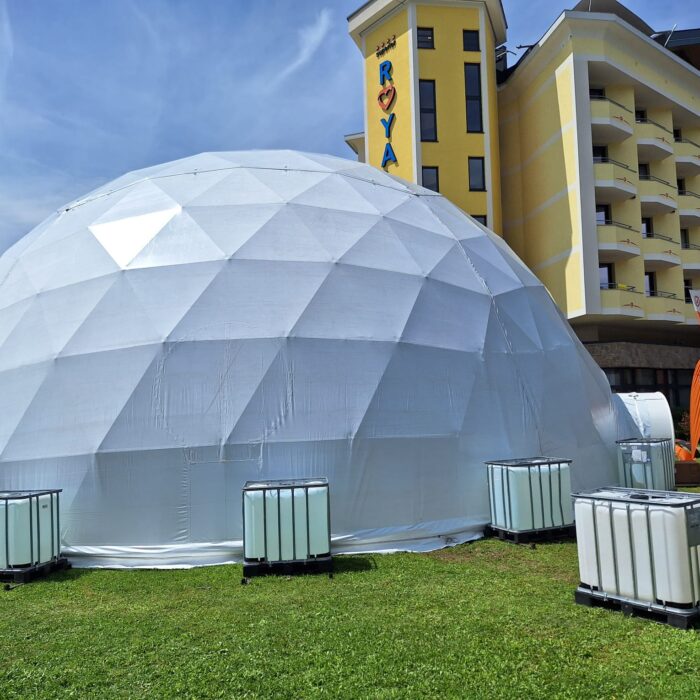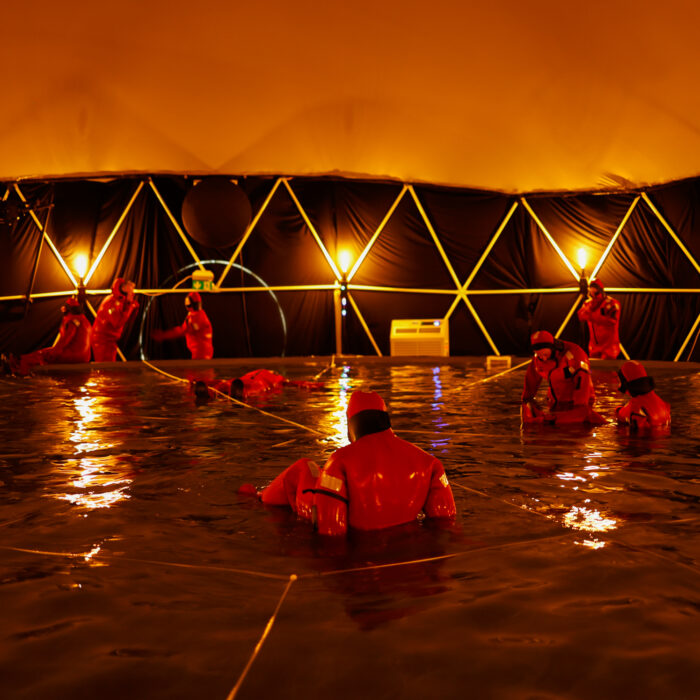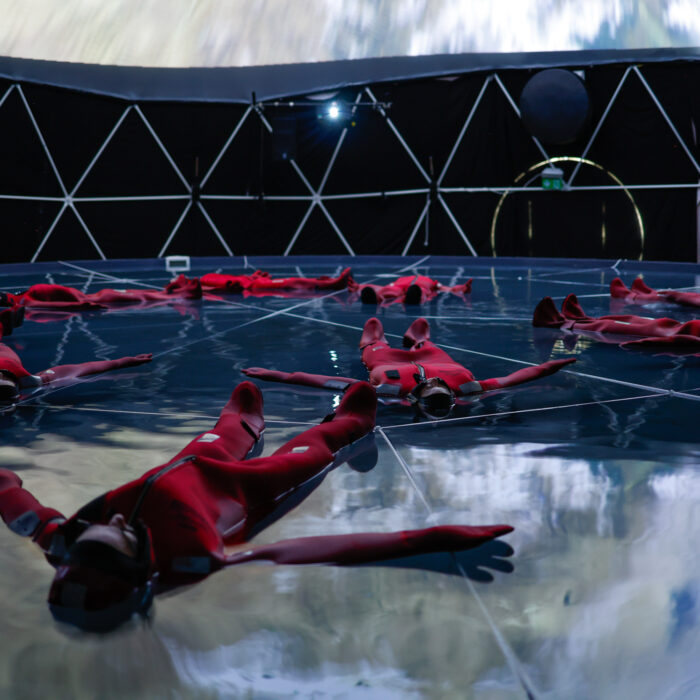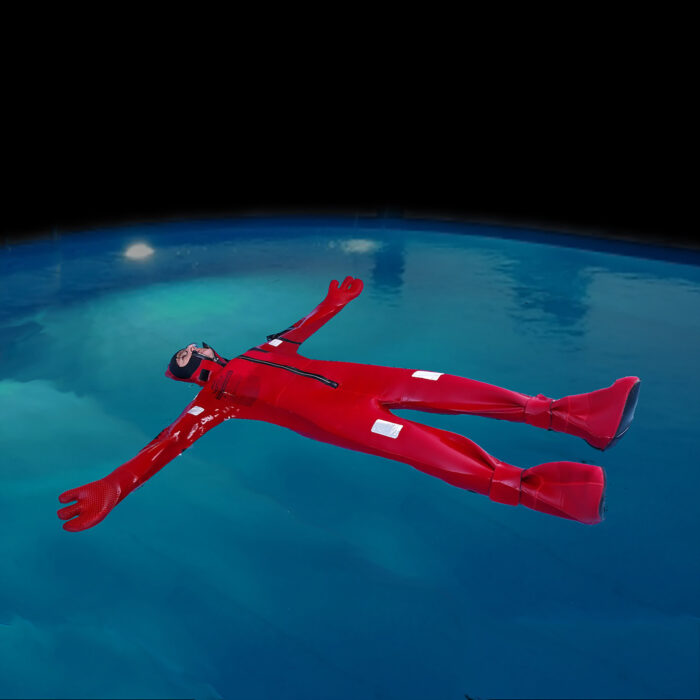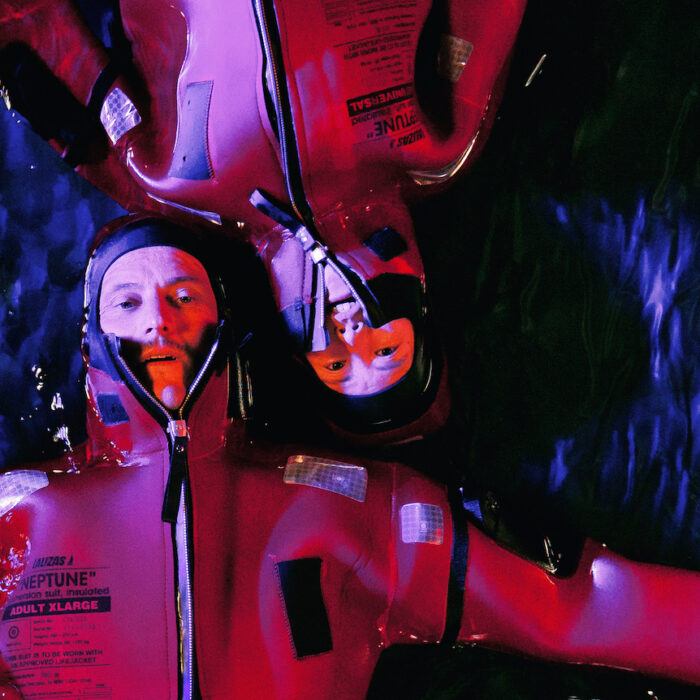The world’s first combination of an 18 metre fulldome with a saltwater floating facility opens the window of opportunity for solar-autonomous space flights in Bad Ischl for a month.

By loading the video, you agree to YouTube’s privacy policy.
Learn more
In highly concentrated salt brine, visitors are immersed in the silence of outer space. The strong buoyancy of the warm brine creates a state of weightlessness and deep relaxation – this enhances the immersive effect of the high-resolution 360° projections of space travel and the external view of the globe.
The International Brine Space Harbour integrates a brine suspension system in a geodesic dome (fulldome) with high technical precision, and is complemented by video projections that are precisely tailored to this environment. Such a facility is unique in the world and is now open to the public for the first time in Bad Ischl.
The interplay of architecture, technology and the state of the brain during weightless floating creates an immersion effect: this means that the perception of oneself in the real world is reduced and identification with oneself in the virtual world is increased.
Floating in the fulldome
Floating is a relaxation technique in which you float in a pool of warm salt water, isolated from external stimuli. This method promotes deep physical and mental relaxation and is used in medicine, psychotherapy and wellness. Floating makes it possible to achieve a state of deep meditation.
To achieve optimum buoyancy, the concentration of brine used for floating corresponds to the salt content in the Dead Sea (30%). For comparison: In the bathing area of thermal baths, the salt content of the water is usually 3%. The raw brine for the SOLENAUT*INNEN’s space harbour (sodium chloride / saline solution) comes directly from nearby Altaussee.
Space films specially developed for this environment are shown in the hemisphere of the fulldome, simulating three-dimensional perception. The 4K 360° video projection system, consisting of 5 Barco laser phosphor projectors, is comparable in quality to Zeiss projectors in planetariums. A special projection surface of the indoor screen enables perfect reproduction of the image material in daylight and ensures independence from weather conditions such as rain or wind. The combination of these two technologies enables an impressive visual experience and has established itself as an innovative solution for planetariums and immersive experience spaces.
Space for all
“We came all this way to explore the Moon, and the most important thing is that we discovered the Earth”
Apollo 8 astronaut William Anders, December 1968
Astronauts report that actually looking at the Earth from the outside creates the profound new experience of realising oneself as part of humanity and the planet. This creates a physical realisation (not just an intellectual understanding) that we only have this one home planet and that there is nothing else like it far and wide. As a SOLENAUT*IN, it becomes possible to approach this planetary perspective, the overview effect.
